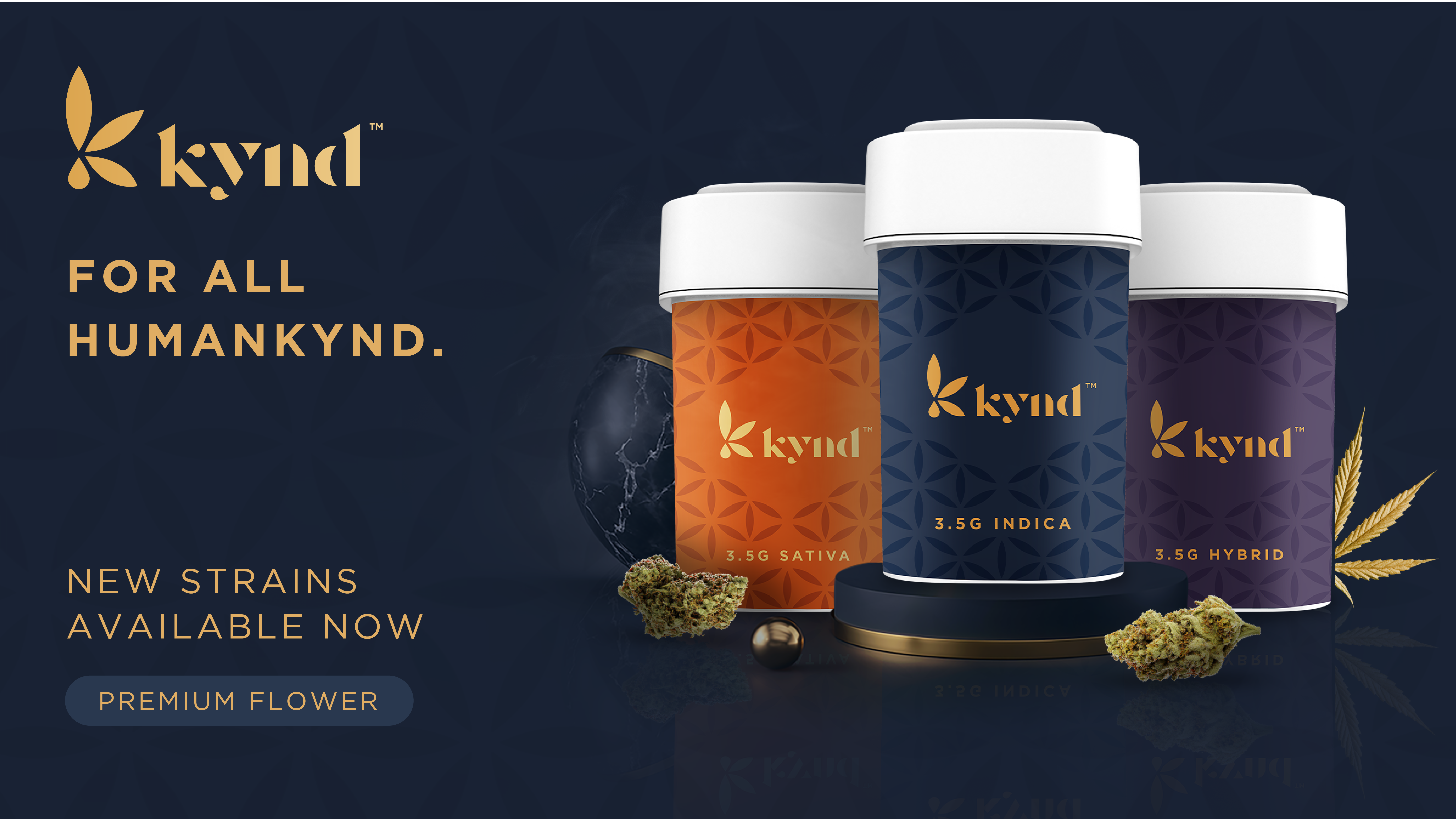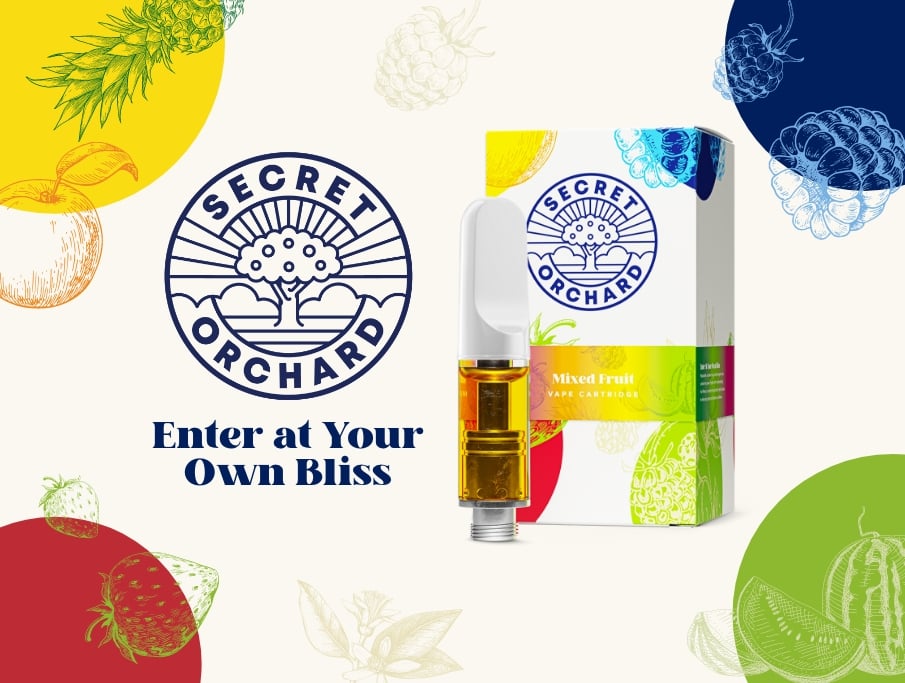If smoking or vaping medical cannabis isn’t your thing, your best bet might be to make a tincture or edible. But bear in mind that your cannabis must undergo an important process: decarboxylation.
Decarboxylation is a step that smokers don’t need to think about, so many edible makers overlook it, especially when making a tincture. Some believe that soaking the cannabis for weeks, or even months, mitigates the need to decarb first. The bad news is that it doesn’t. The good news is, while the name might sound intimidating, decarboxylation is actually the most basic form of chemistry.
What Is Decarboxylation?
During growth and harvesting, the cannabis plant contains an abundance of a chemical called tetrahydrocannabinolic acid – or to most of us, THCA. Research suggests this compound has a few medicinal benefits, but as far as psychoactive effects go, it’s needless.
To produce the results most cannabis users expect, THCA must convert into the cannabinoid THC. This is the decarboxylation process, which unlocks the THC so it's available for consumption. This process is exactly what happens when you smoke cannabis. Decarboxylation, or “decarbing,” is a chemical reaction that removes a carbon atom from a carbon chain in the plant’s carboxylic acid, releasing carbon dioxide (CO2). Breaking up the carbon chain in this way activates the delta9-tetrahydrocannabinol (THC) necessary to get high.
Left to its own devices, partial decarboxylation happens very slowly as cannabis dries. But heating the flower – to just the right temperature for the right amount of time – kicks off the chemical reaction and increases its potency. That’s where human intervention comes in.
How to Decarb Your Cannabis
Decarboxylation takes place whenever you smoke or vaporize: Applying the heat turns one compound into the other and releases the THC into the smoke. But with too much heat, THC and other important cannabinoids, terpenes, and flavonoids burn off; too little, and decarboxylation doesn’t even happen. A little extra effort is needed to find the balance when making an edible or tincture.
To make an edible, the golden rule is to bake at 240 °F (115 °C) for one hour. Remember that ovens lose a lot of heat when opened, and the key is to keep a constant temperature. You can monitor the temperature accurately with an oven thermometer and place a pizza stone, which absorbs heat and helps to maintain temperature, on the middle rack. Even better, invest in a decarboxylator, a miniature oven specially designed to decarb cannabis with zero THC loss.
Alternatively, decarb your cannabis in a slow cooker with cooking oils (this creates a sort of cannabutter, or cannabis-infused butter that can be used to cook edibles). Oil helps to prevent temperature fluctuations.
Like cannabutter, tinctures can be added to edibles, or just ingested alone by applying to the tongue. A tincture is made by soaking cannabis in high-proof alcohol. Since this doesn’t involve any heat, you must decarb beforehand. Place finely ground cannabis buds in a Pyrex bowl or lasagna dish and place this atop the pizza stone when the oven reaches 240 °F. After an hour, the cannabis will be fluffed up, giving off a slightly roasted scent, and ready to soak.
If you’re used to skipping decarboxylation, the results will be noticeable at first. Tread lightly and dose small in case the potency is higher than you expect. And there you have it: Enjoying the newfound effects of your medicine requires little effort when done right. Happy decarbing!






